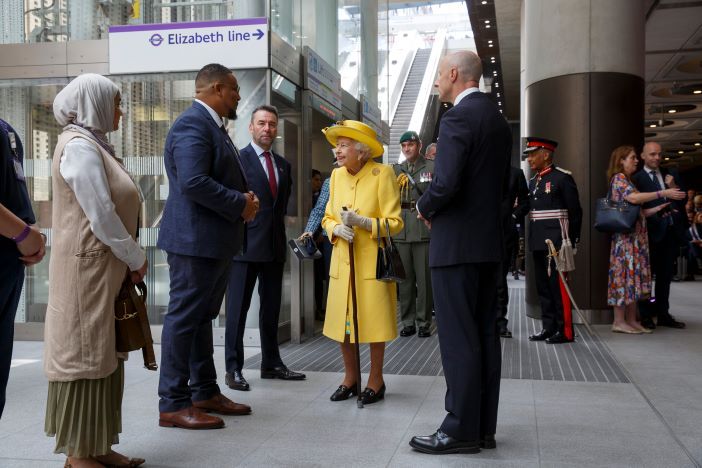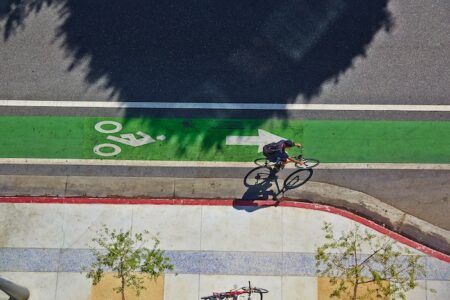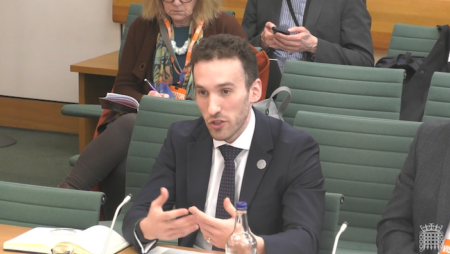London’s long-awaited, transformational Elizabeth Line (formerly known as Crossrail) began services this week (Tuesday 24 May), with 260,000 journeys recorded in the first day on the new central section between Paddington and Abbey Wood, after an official opening from The Queen last week.
The huge popularity of the line is already thought to be having knock-on effects in reducing traffic congestion and enabling more multi-modal trips across the city.
The completion of the project was marked last week (17 May) by Her Majesty Queen Elizabeth II, after whom the railway is named, who visited the new platform on Paddington Station and unveiled a plaque to commemorate the official opening, which has coincided with the year that marks the Platinum Jubilee of her reign.
The new railway will increase central London’s rail capacity by 10%, the largest single increase in the city’s transport capacity in more than 70 years, and saw over 130,000 journeys made on it in the first day of service.
With nine brand new stations in central London, the Elizabeth line will serve up to 200 million passengers each year, helping to reduce road congestion and support wider regeneration and recovery from the Covid-19 pandemic.
“The Elizabeth line is much more than just a new railway – it will provide a crucial economic boost to the whole country and help to turbo-charge our recovery from the pandemic,” said Sadiq Khan, the Mayor of London, who also attended the opening.
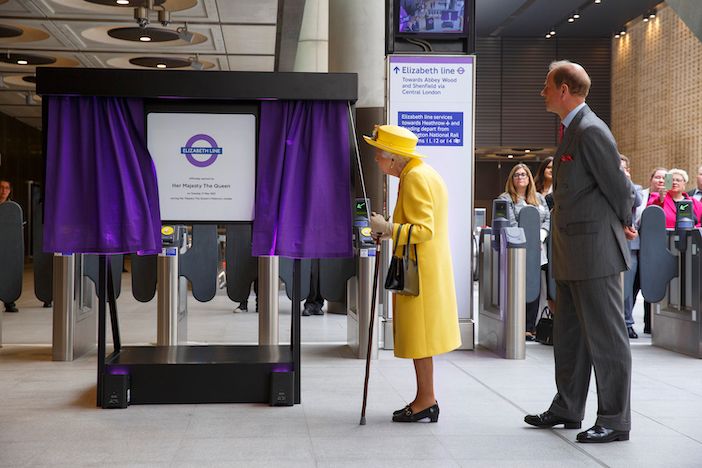
The line connects stations such as Paddington to Canary Wharf in only 17 minutes, a journey that currently takes more than 30 minutes to complete using the Tube.
Andy Byford, London’s Transport Commissioner, says: “This stunning addition to the transport network will transform life and travel in London and the South East by dramatically improving transport links, cutting journey times, adding capacity, transforming accessibility and supporting the economic recovery and growth throughout the country for years to come.”
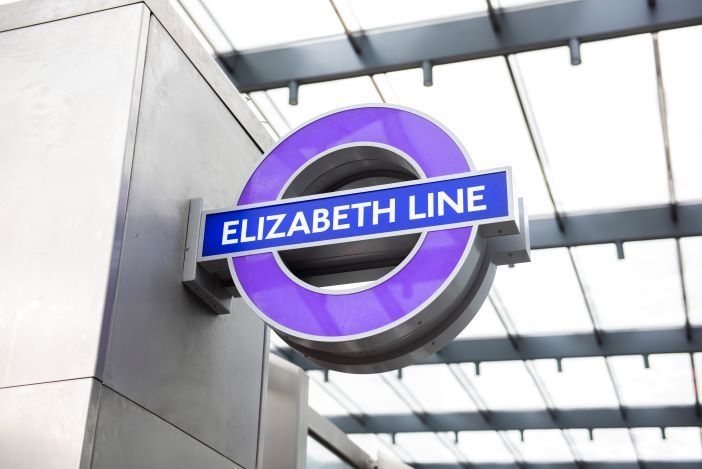
The Elizabeth line has been integrated with the Transport for London (TfL) network and interchanges with other services including Tube, DLR, London Overground and National Rail services.
Changes have also been made to 14 bus routes to improve links to Elizabeth Line stations in east and south-east London. The Elizabeth Line route now appears on the iconic Tube map.
Customers can plan their journeys on the Elizabeth line using the TfL Go app and Journey Planner.
Cubic Transportation Systems has been involved in the Elizabeth Line project by enabling Oyster, Contactless and ITSO to be used for travel.
“By providing an integrated, seamless travel experience and modern fare collection system, the project will help drive the economy both in and outside the capital, while providing a framework for future growth and innovation within transport,” says Dave Roat, strategy director at Cubic Transportation Systems.
Images: TfL.


